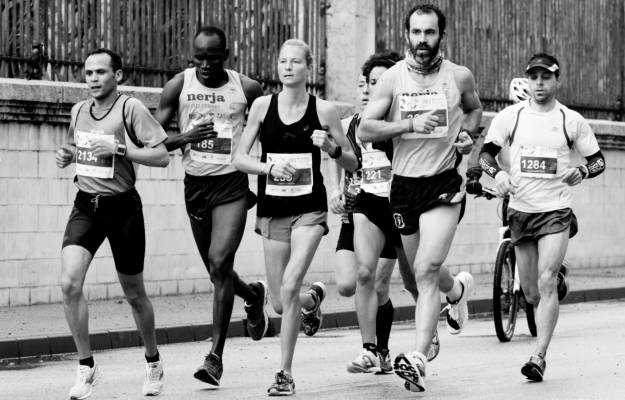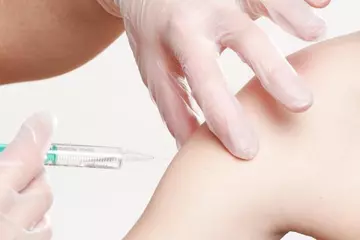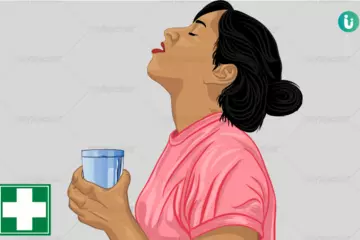Whether you’re a creature of habit and run every morning, work hard during the week and jog on the weekends, or have taken up the activity as a part of your new year resolutions, running requires an unwavering commitment and discipline. Pursuing any sporting activity requires a basic level of fitness that needs to be acquired gradually and maintained round the year, as any break may set you back or worse, lead to injury.
Running injuries are frustrating as they can put you (quite literally) off track, making it difficult to return for that marathon you were so desperately training for. Whether it is because of stress at work, not warming up properly or running with an improper form, an injury can strike any time while running or playing a sport that involves running.
Our bodies are built differently, and as a result, how running impacts two different individuals can be completely different, even if they follow a similar routine or employ the same technique. Different styles of running can also lead to different kinds of injuries: for instance, a sprinter has a higher chance of suffering a hamstring strain, while a long-distance runner has a higher likelihood of suffering from shin splints.
From the lower back down to the toes, runners can experience a multitude of problems, hopefully not at the same time. While a majority of the injuries occur due to a direct result of your running style, a lot of the injuries also appear due to poor conditioning of the muscles, not performing enough strengthening exercises, or sometimes, out of sheer fatigue.

 Doctors for Running injuries
Doctors for Running injuries 














































